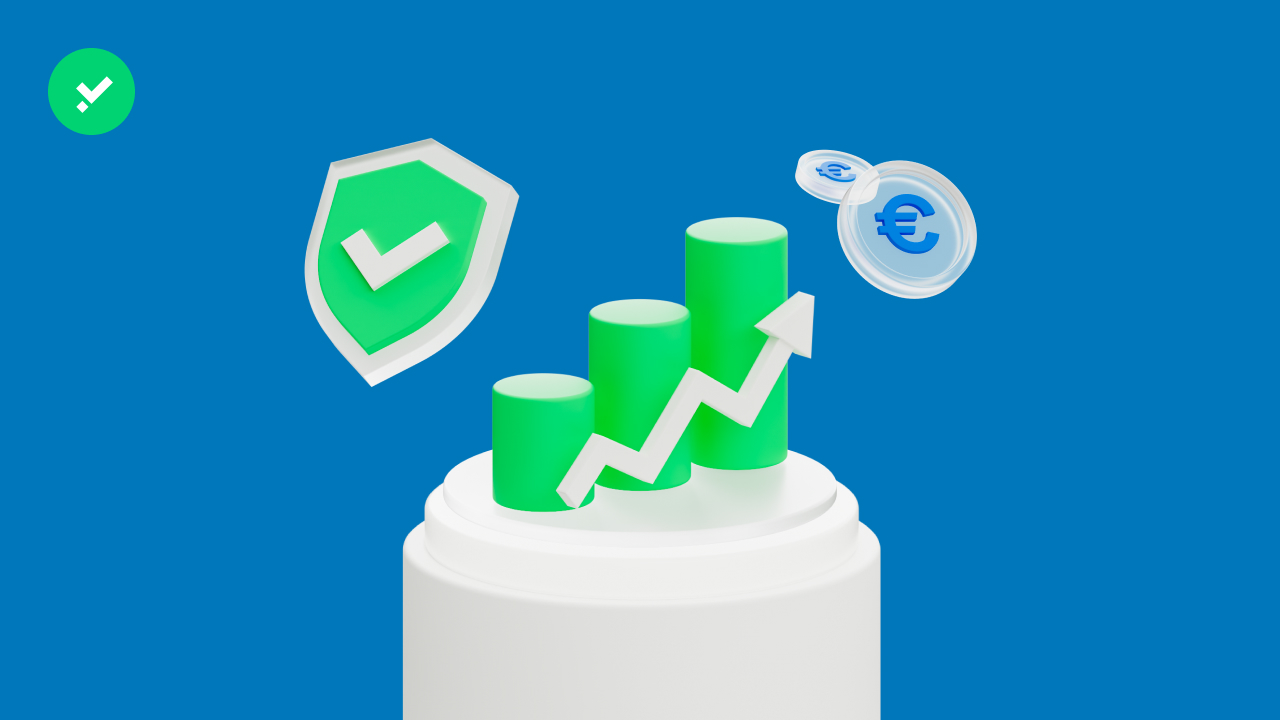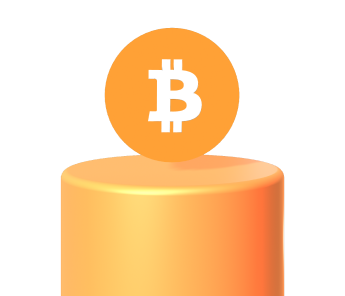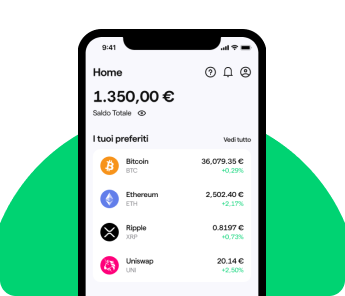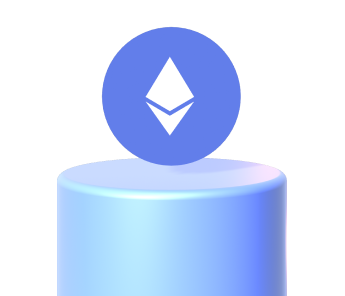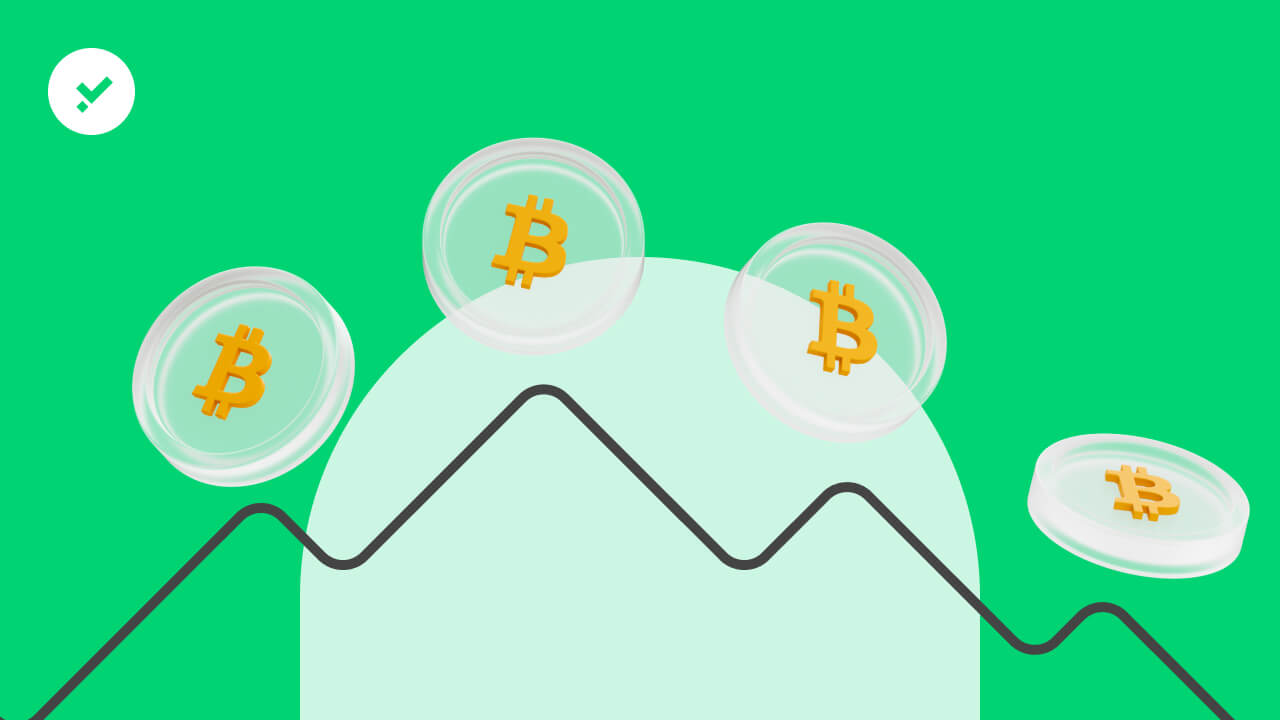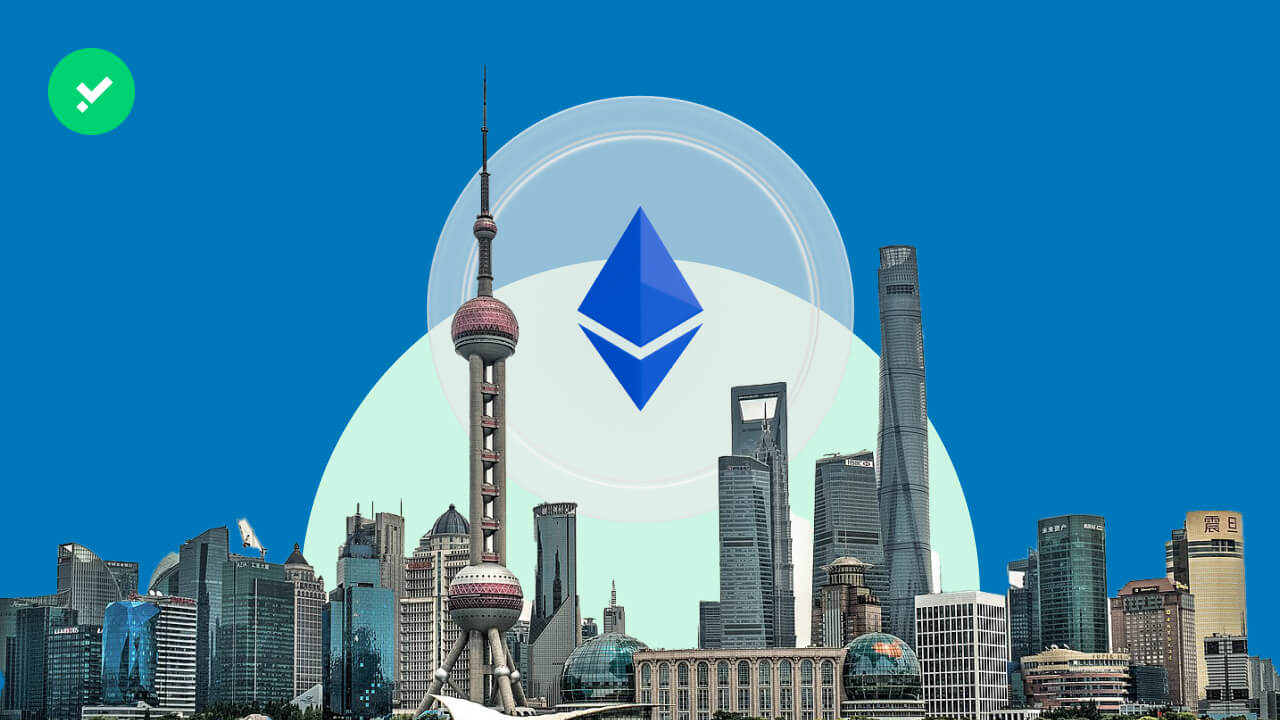Research compares Bitcoin and traditional financial assets in the fight against inflation
How to hedge against inflation? A legitimate question given the recent trend in consumer prices. Well, Bitcoin turns out to be an effective hedge against inflation according to research from 2022 published in Axioms, an international academic journal supported by The European Society for Fuzzy Logic and Technology (EUSFLAT), International Fuzzy Systems Association (IFSA) and Union of Slovak Mathematicians and Physicists (JSMF).
In this article we will explain why:
- Bitcoin is the asset that responds better than other safe haven assets in both stable and turbulent market times;
- Recurring buying (or DCA) is the best strategy to enter a market (whatever its trend may be);
Hedging against inflation? Bitcoin beats the competition
In the economic climate in which we live, characterised by rising prices and stagnating wages, it is legitimate to try to understand how to hedge against inflation. And thus protect our savings.
The research entitled “Do Bitcoin and Traditional Financial Assets Act as an Inflation Hedge during Stable and Turbulent Markets? Evidence from High Cryptocurrency Adoption Countries‘, compares the effectiveness of different strategies and instruments to combat inflation using those with high cryptocurrency adoption as sample countries.
In summary, what has emerged is that Bitcoin is better protected against inflationary shocks than other traditional assets such as shares, gold and oil.
On Young Platform with the ‘Recurring Purchase‘ feature you can set aside Bitcoins automatically and with an amount and frequency of your choice.
What is inflation?
When wondering how to hedge against inflation, it is worth making a few conceptual clarifications. Inflation refers to the increase in the prices of the goods and services we buy every day, which leads to a reduction in the purchasing power of money. In other words, we can buy fewer things with our savings than in the past.
For example, in the US in 1980 going to the cinema cost only $2.89, in 2019 the average price of a ticket increased to $9.16! So with a $10 note in 1980 we would have bought 3 tickets, but today only 1.
Solutions against inflation
You may have heard that one of the most effective solutions to respond to rising prices is to invest ‘in bricks and mortar’. For a long time, real estate has been a safe haven for our savings, but it is not always a viable option for those who are perhaps younger and do not have much liquidity.
In any case, this option reminds us that the important thing is to defend our own savings by converting them into an asset that is more resilient than money, whose value is maintained over time, such as a safe haven asset. This is because keeping your earnings ‘under the mattress’ does not bring results in the long term, as they gradually lose their value due to inflation.
Investors try to hedge against inflation by buying assets that increase in value when prices rise, such as shares in companies that produce commodities or raw materials. Other examples are gold and oil. In short, the rule applies: investing is better than saving.
Beyond gold and oil: how to hedge against inflation with Bitcoin
Are gold, stocks and oil really the only ways to hedge against inflation? There are those who advocate relying on Bitcoin, but can it work as a hedge? At first it is difficult to answer this question with certainty. After all, Bitcoin is a new asset that needs to be studied in its own right, in relation to its target market.
The analysis presented by Axioms experts tries to answer this doubt. See the results.
First, it is noted that in order to assess how well an asset can hedge against inflation, several factors must be taken into account. Such as inflation trends over time and the national territories studied. Which in the case of this research are 10.
In short, there are some assets that can offer protection in the short to medium term, such as Bitcoin, gold, stocks or oil. For the long term things get complicated, the levels of effectiveness against inflation are more heterogeneous and it is not easy to find a better and definitive asset.
However, Bitcoin seems to be an attractive option for countries with high cryptocurrency adoption. In times of increased economic turbulence, Bitcoin is the asset that statically responds best to market downturns. But what does this mean for investors?
To avoid inflation, you should consider leveraging BTC to create a hedge during a market downturn or when asset prices respond to inflation more quickly.
Secondly, research results show that Bitcoin is the most effective inflation hedging instrument for most countries, both in stable and turbulent economic regimes. With a peak especially in countries with less resilient economies. This could be an advantage that every government should consider when developing cryptocurrency regulations.
What is the best strategy?
To hedge against inflation, however, it is not enough to choose the right asset, this must be combined with a strategy. That of regularity.
The analysis conducted by the Charles Schwab Corporation, a US investment firm that manages over $7 trillion in assets for its clients, compares five investor profiles and calculates their performance over five years, assuming each has $2,000 to invest each year.
Here is the result: in first place is the trader who – by preparation or luck – chooses the timing perfectly and buys at the correct time. They are followed in second and third place by those who invested the $2,000 every year in one lump sum and those who broke it up into 12 installments and entered regularly every month. Closing the ranking with the worst results are those who bought at the wrong time – driven by FOMO or through extreme bad luck – and those who did nothing and obstinately kept their liquidity on their savings account.
The good news is that for ordinary mortals who are not traders or do not feel kissed by luck, there are great opportunities to get the most out of their investments through regularity. That is, by regularly buying a certain asset. This strategy is called recurring buying or (DCA).
Sticking to the terms of the analysis, if we had bought €25 worth of Bitcoin once a week for 5 years, as of today (March 2023) we would have €6,925 in Bitcoin but with a portfolio value of €15,803, i.e. a net gain of €8,800 (+128%).
Conclusions
In summary, those who are trying to figure out how to hedge against inflation should keep in mind that no asset can offer complete protection in the long run. But assets like Bitcoin can be a good option in the short to medium term. In any case, it is always important to pay attention to asset selection and the timing of investments.
***
*This article was written on the basis of research published in Axioms, an international, peer-reviewed, open-access academic journal covering mathematics, mathematical logic and mathematical physics, published monthly online by MDPI. Aximos is supported by The European Society for Fuzzy Logic and Technology (EUSFLAT), International Fuzzy Systems Association (IFSA) and Union of Slovak Mathematicians and Physicists (JSMF). To read the full research, download the PDF at this link.


